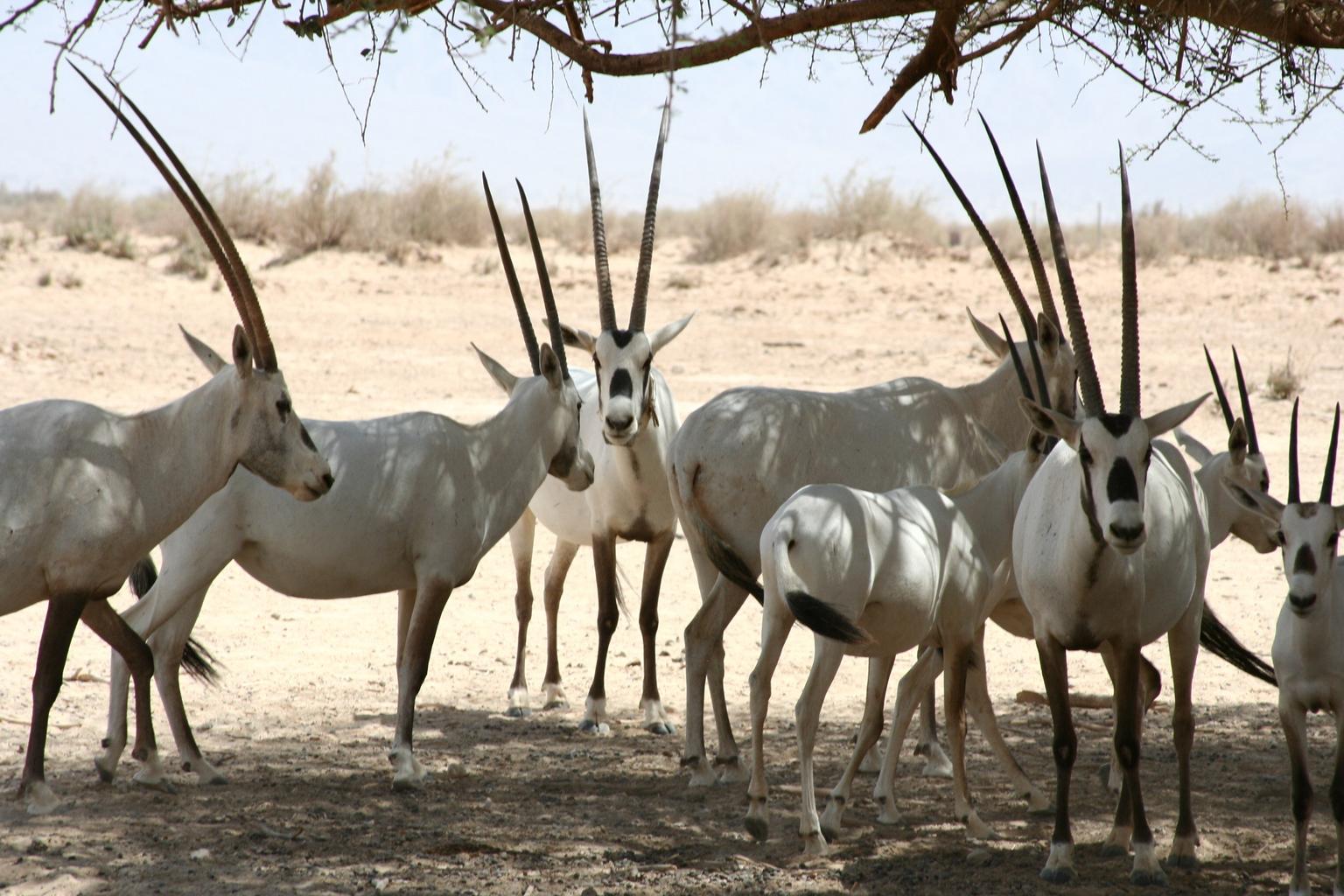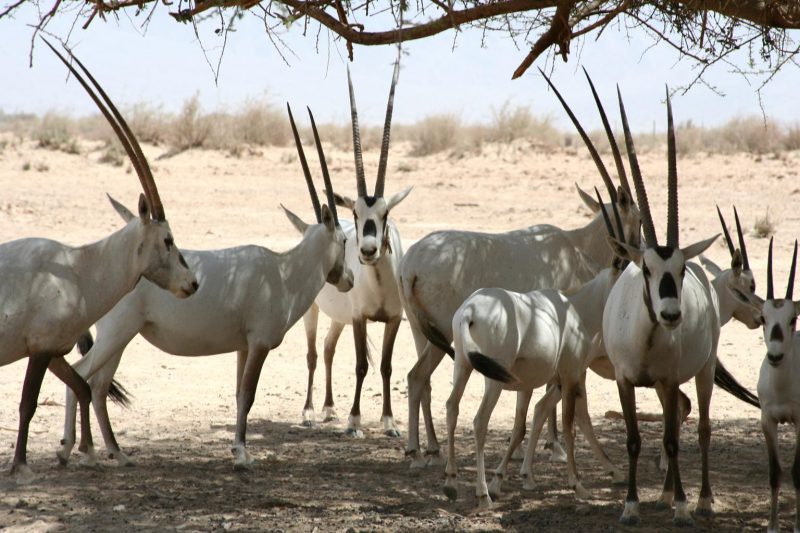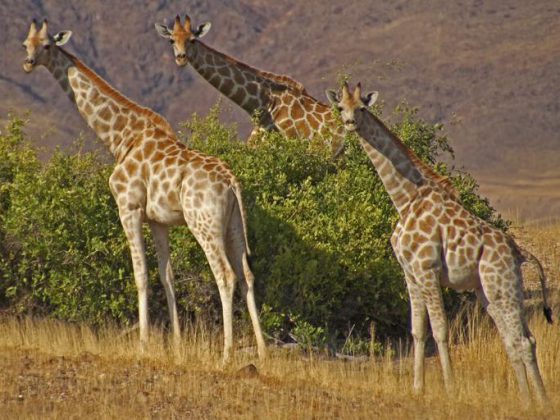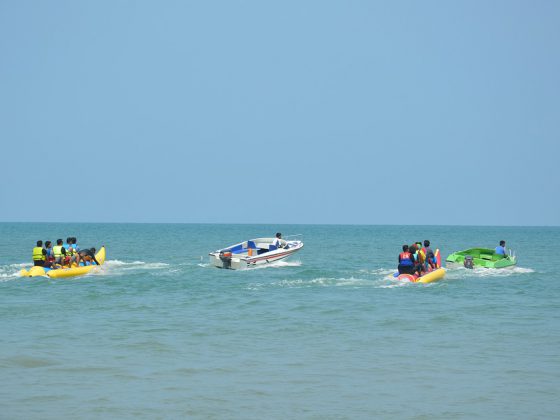The Arabian Oryx is one of the world’s most remarkable animals and its existence alone seems is an act of defiance and beacon of hope. It is an animal that literally overcame extinction.

Brief Etymology
The term ‘oryx’ was introduced to the realm of scientific literature by Peter Simon Pallas in 1767 and was based on the amalgamation of the Greek words for gazelle/antelope and the colour white, respectively.
Features
The Arabian Oryx is known for its white colour, and usually has a stature of around 1m, or 39 inches, in height. Although the coat is predominantly a luminous white, the legs and undersides tend to be brown, with black stripes also found towards the face.
Extinction
During the early seventies, the Arabian Oryx was officially classified as extinct, at least in the wild. Thankfully there were specimens that were saved in zoos and private reserves. During the 80s they were officially reintroduced to the wild.
Present Day
The Arabian Oryx is the only example of a creature going from extinct to ‘vulnerable’, and have become iconic of the Middle East. You can now see many in their natural habitat at the famous Sir Bani Yas Island. Despite being a nature-reserve, there are a few resorts such as Anantara Sir Bani Yas Island Al Sahel Villas offering stays in luxurious villas. Abu Dhabi, the capital of the UAE, is only about a couple hours drive away from the island, so it’s easily accessible.
Caleb Falcon is a travel writer who specializes in writing content based on the many exciting world adventures that await intrepid travellers. Google+











